With this decisive maneuver, Beijing has begun to bring the tension with the U.S. onto its own terms.
With this decisive maneuver, Beijing has begun to bring the tension with the U.S. onto its own terms.
By Orçun Göktürk, from Beijing / China
While the world was focused on U.S. President Donald Trump’s essentially “dictated” ceasefire in Gaza, his 20-point “Peace Plan,” and diplomacy in Western Asia, an unexpected move from Beijing redrew the global economic map and the contours of U.S.-China relations. On October 9, China’s Ministry of Commerce announced a new decree dramatically restricting the export of rare earth elements. This move directly targets the defense industry and chip manufacturers, shattering the already fragile period of détente in U.S.-China relations.
It would not be an exaggeration to say that Beijing’s decision drove Trump completely mad. The day after the news from Beijing, Trump erupted on Truth Social, announcing that, starting November 1, the U.S. would impose a 100% additional tariff on Chinese goods. In his post, Trump accused China of a “plan to hold the world hostage”: “China is putting every country in a difficult position with rare earths. This is particularly inappropriate during the Gaza peace plan!”
The anticipated Xi-Trump meeting at the APEC Summit now appears to be off the table.
What are these rare earth elements?
Ask a chemist, and the answer will be: Rare earth elements are a collective term for 17 metallic substances, including 15 elements from the lanthanide group of the periodic table, plus scandium and yttrium. Despite their name, they are actually abundant in the Earth’s crust; however, commercially extractable concentrations are rare, and separating them is extremely complex. These elements form the backbone of modern technology. Their use spans from the increasingly popular electric vehicle batteries to wind turbines, from smartphone screens to fighter jet radars.
According to the U.S. Geological Survey (USGS), without these elements, artificial intelligence chips, defense technologies, and renewable energy systems would come to a standstill. For example, a wind turbine requires approximately 300 kilograms of neodymium, while a single F-35 fighter jet contains thousands of dollars’ worth of rare earth materials (1).
China’s decree
China holds a global hegemony in rare earth elements. According to the USGS 2025 report, approximately 36% (44 million tons) of the world’s reserves are in China. Vietnam (22%) and Brazil (18%) follow. The situation is even more critical in production for the U.S.: China alone accounted for 70% of global production in 2024 (about 270,000 tons), with 2025 estimates remaining in the 69–70% range (2). In terms of refining (processing) capacity, China is unrivaled, holding over 90% of the global share.
China’s dominance is not accidental. Since the 1980s, state incentives, low-cost mining, and export rebates (up to 17% tax refunds) have developed the sector at an incredible pace. The U.S., by contrast, holds only 2% of total reserves, with 70% of its imports coming from China. Although the U.S. shows some inclination toward non-Chinese alternatives, experts believe it will be difficult to diversify its supply by 2030. Naturally, China’s export restriction strikes the U.S. at a vital point.
The new Chinese decree tightens rare earth exports on the grounds of “national security.” Initial restrictions, which began in April 2025, were a response to Trump’s tariffs on Chinese goods and targeted seven elements (lanthanum, cerium, praseodymium, neodymium, samarium, gadolinium, and dysprosium). However, the October 9 decision added five more elements (holmium, erbium, thulium, europium, and ytterbium), making a total of 12 elements that now require export licenses. It was made clear that these licenses will not be granted to U.S. defense companies such as Raytheon and Lockheed Martin.
Moreover, Beijing’s decree applies even to products manufactured abroad if they use Chinese technology. This can be seen as an imitation of Beijing’s “Foreign Direct Product Rule,” essentially mirroring the U.S. chip restrictions imposed on Huawei.
U.S.-China relations had softened with the “Rare Earth Agreement” signed in London in June 2025, following the new trade war initiated after Trump’s reelection. China had relaxed export restrictions, and the U.S. had granted some flexibility in chip exports. The Xi-Trump meeting had been scheduled for the APEC Summit in South Korea on October 31–November 1. It would have been the first face-to-face encounter between the two leaders since 2019. However, Trump, while leaving the door open, announced that the meeting was not necessary.
A ‘geostrategic’ message from Beijing
China’s control of rare earth exports is not only an economic maneuver but also a geostrategic signal. Some Western experts interpret this move as playing the “East’s resource superiority” card against “the West’s technological superiority,” and indeed, Beijing has recently begun to challenge the West’s technological edge.
In fact, China has been using rare earths as a geopolitical weapon since Japan’s 2010 embargo. The U.S. defense industry is dependent on China, and these restrictions can paralyze production from F-35s to drones. This is clearly acknowledged in post-decision interviews on American TV by retired U.S. military officials.
Trump is still grasping how different Beijing is in the current period. While attacking China and talking about additional tariffs, his statement, “Yes, our people will be affected by a slight price increase,” reveals his deepest concern. By enforcing “America First” through tariffs, he risks fueling domestic inflation.
A fragile balance
Ultimately, Beijing’s decision has overshadowed Trump’s supposedly dictated Gaza Peace Plan. Perhaps this was even one of the Chinese policymakers’ primary intentions—we cannot know for sure. What is certain is that breaking China’s monopoly in rare earths would require years of struggle for the U.S., and Trump does not have that much time. With this decisive maneuver, Beijing has begun to bring the tension with the U.S. onto its own terms. The Xi-Trump meeting in South Korea may not be canceled, but it is already foreseeable that the APEC Summit will become a “field of war and diplomacy.”
References
(1) Potential Uses of Rare Earth Elements Found in Marine Minerals | U.S. Geological Survey.
(2) China currently controls over 69% of global rare earth production | Mining Technology. https://www.mining-technology.com/analyst-comment/china-global-rare-earth-production/



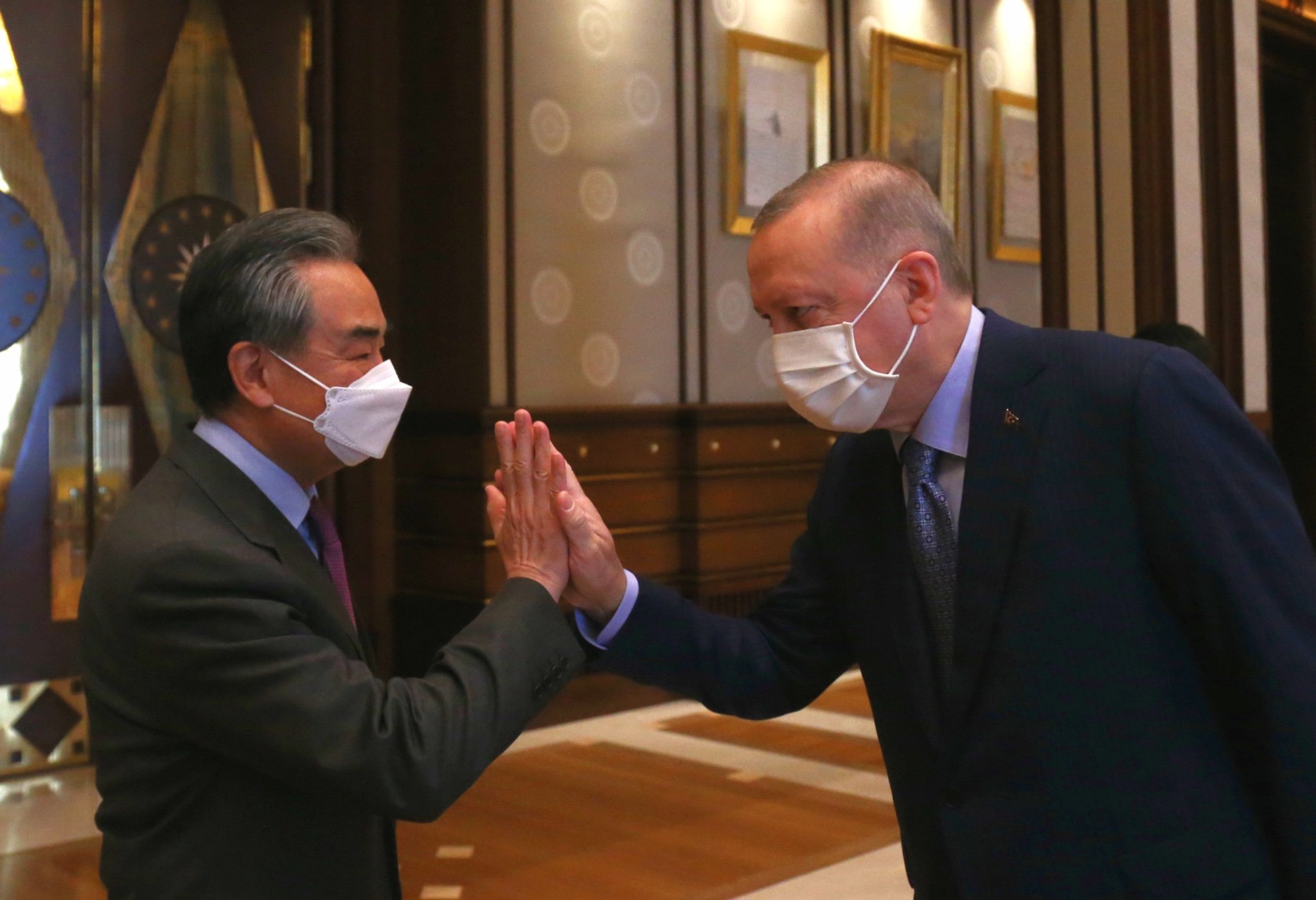



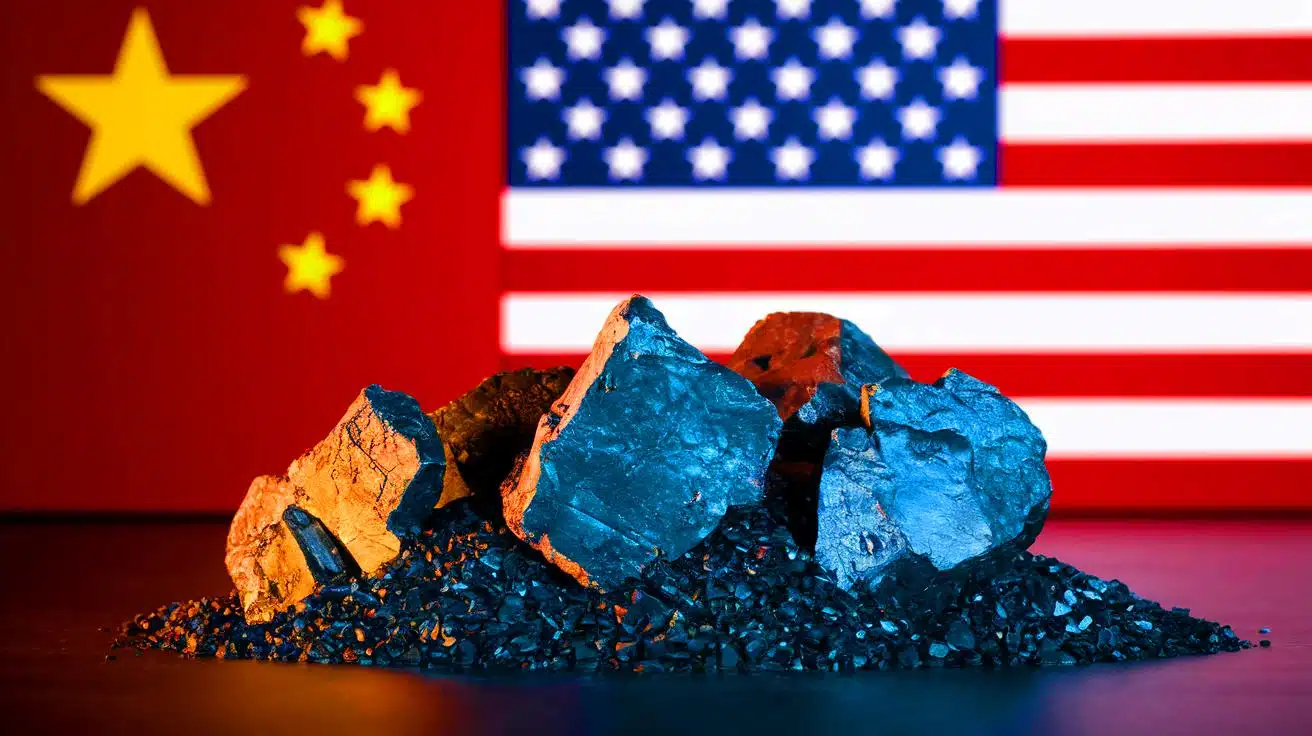



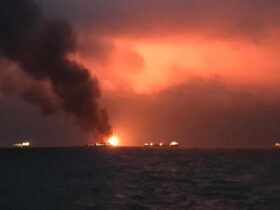
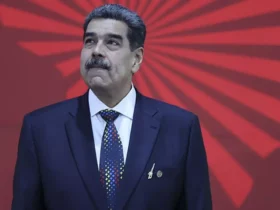
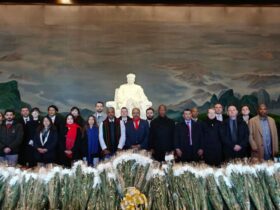
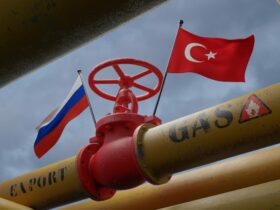
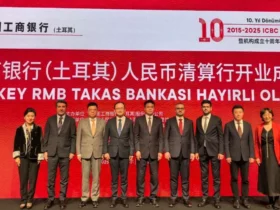
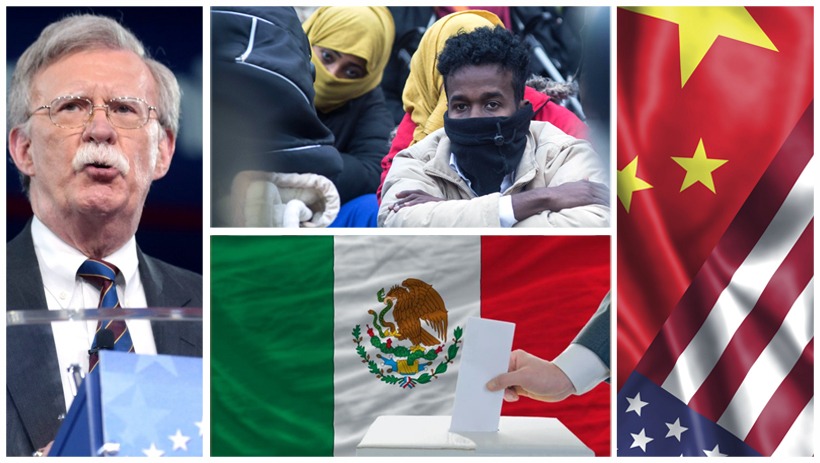
Leave a Reply